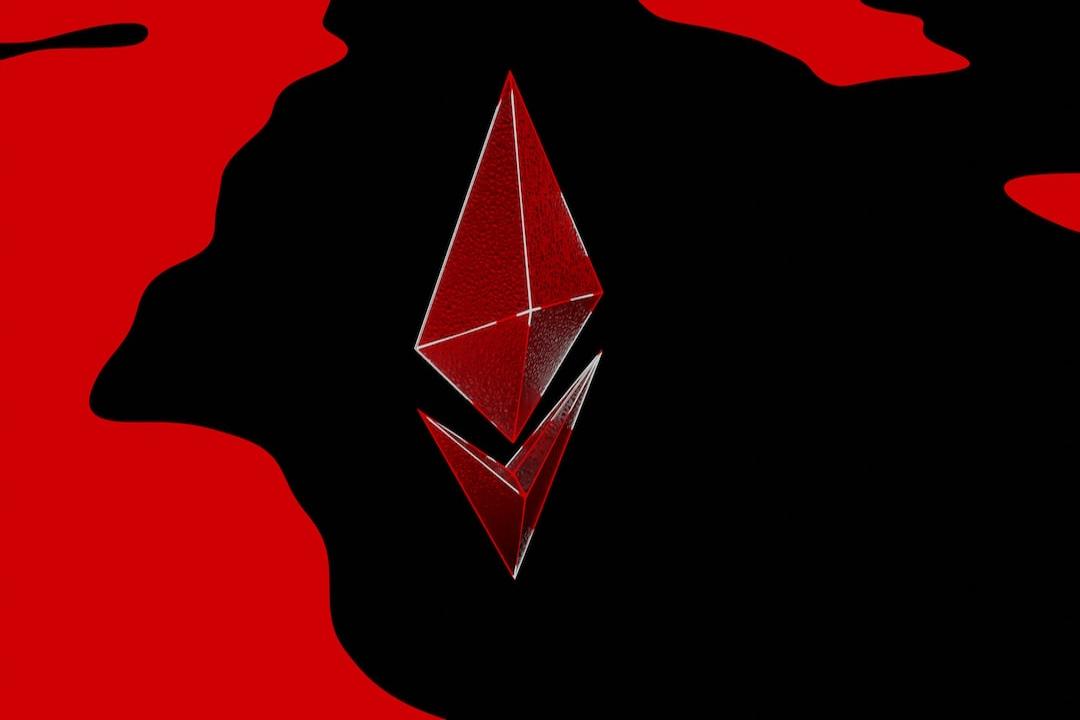Bitcoin exchange-traded funds (ETFs) in the United States experienced a record-breaking $10 billion in trading volume on March 5. This surge occurred as Bitcoin reached a new all-time high before plummeting by around 12% over the next five hours.
Notably, Bloomberg ETF analyst Eric Balchunas described these trading numbers as “bananas” for ETFs that are less than two months old. This information was reported in a March 5 X post.
According to Bitcoin analyst Alessandro Ottaviani, the trading volume for the funds was slightly lower at $9.58 billion. However, this still surpassed the previous record of $7.7 billion set on February 28.
Among the spot Bitcoin ETFs, BlackRock’s iShares Bitcoin ETF (IBIT) had the highest volume at $3.7 billion. The Grayscale Bitcoin Trust (GBTC) and the Fidelity Wise Origin Bitcoin Fund (FBTC) followed with volumes of $2.8 billion and $2 billion respectively, as per Ottaviani’s data.
Throughout the U.S. trading day, Bitcoin experienced significant price fluctuations. It reached a new all-time high of $69,200 around 3:00 pm UTC on March 5. However, it then dropped by 12% to a low of $60,860 approximately five hours later, according to CoinGecko.
As of now, Bitcoin has partially recovered and is trading at $63,350.
Despite hitting a new high, Bitcoin has seen a decline of over 6% in the last 24 hours, according to CoinGecko.
Both IBIT and FBTC experienced an 8.6% drop on the day, and other spot Bitcoin ETFs also recorded similar price decreases, as reported by Google Finance.
In a humorous tone, pseudonymous analyst Bit Paine joked in a March 5 X post that the price swing was a monthly ritual during bull markets, designed to flush out “leveraged degenerates” who are new to Bitcoin through the ETFs.
Balchunas acknowledged the point made by Bit Paine and highlighted the protective measures in traditional markets, such as limit up and limit down rules and the intervention of the Federal Reserve.
In related news, the magazine “Wolf Of All Streets” expressed concerns about a world where Bitcoin reaches $1 million, creating a “Hall of Flame” scenario.

